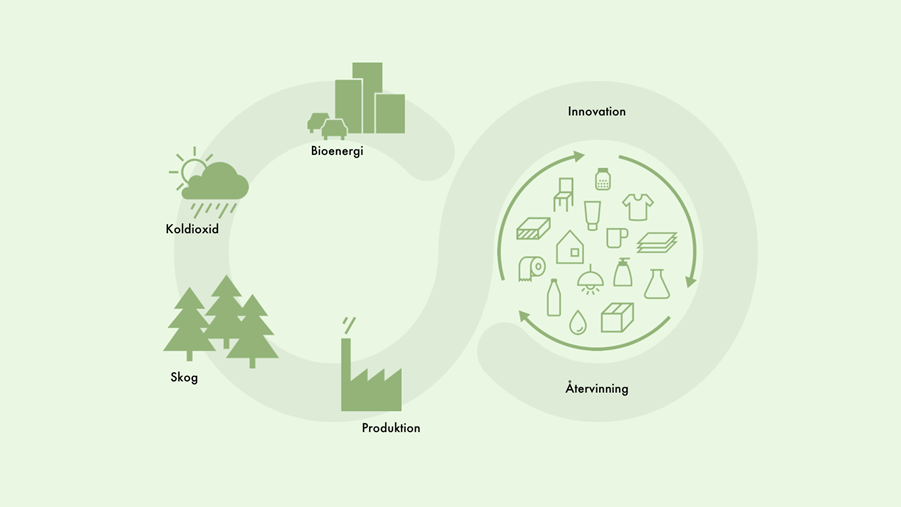
To reach its climate targets, the EU should emphasise the importance and potential of the bioeconomy. Many important decisions will need to be taken. To realise the full potential, there needs to be a meeting of ministers where the focus is on the bioeconomy.
It is no secret that gaining support for issues spanning several areas is not easy within the EU. The bioeconomy stretches across a number of EU processes and is influenced by a host of directives.
For bioeconomy to be a leading issue in the EU, there must be a transborder collaboration without too detailed legislation. With the right decisions, market forces will support bioeconomic development. Detailed regulation, however, would impede it.
The EU has a bioeconomy strategy that is currently being updated in line with the new climate targets. To demonstrate serious commitment to realising the EU's climate targets for 2030, would it not be a good idea to hold a ministerial meeting to link all the processes under the bioeconomy umbrella?
The right decisions for the forest industry to drive ahead a growing bioeconomy are:
- Promote active forestry with sustainable felling and production of timber products, fibre and energy.
- Maintain the competitiveness of existing industries in order to exploit the process expertise it has amassed. Allow the market's economic forces to provide impetus.
- Avoid detailed control. It limits competitiveness and creates obstacles to the flow of raw materials from forests. One example that may inhibit the development of the bioeconomy is legislation on cascading use. The principle is excellent, but avoid legislation.
- Create the right conditions for cluster growth and industrial symbiosis (which is cascade use in practice). Besides maximising added value, this creates "side flows" in production. Through biomass, it also benefits the climate.
- Increase construction with wood in Europe. This will rapidly give the most direct climate benefit.
- Support innovation and research and development that facilitate the journey from laboratory to demo plant to manufacture.
- Review the rules regarding state support. To meet the climate challenge, make green options cheaper than fossil options.
- Develop public procurement standards and rules that promote the development of what is truly sustainable.


